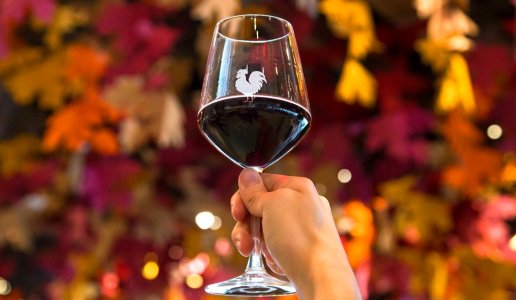In praise of Chianti Classico

Chianti Classico is a very difficult wine to appreciate unless you can distinguish the fascinating and alternating territorial differences and interpretations found in the glass.
If there is a wine that I consider to be very undervalued it is Chianti Classico. For sure, there may be good reasons for this. For years, it was the victim of questionable interpretations, and I do not mean jut the excess of the “modernists” in using new wood, but also a certain media inflation of mediocre wines sold at low prices. I remember once an American importer told me. “How can you take a wine seriously when under the same name it can cost between seven and 200 dollars?”
This, undoubtedly also occurs in many other important winemaking regions. The difference in Bordeaux or Burgundy is that wines using the region’s name are only the stock ones. Already with theappelations village classification are wines like Paulillac or Gevrey Chambertin, with no mention of the region on the label. Italy, on the other hand, has “horizontal” DOC classifications with terms likeRiserva or Grand Selezione for Chianti Classico not really establishing a quality pyramid. Thus all Chianti Classico is lumped together and it becomes difficult to interpret, at least abroad where not everyone understands Italy’s winemaking regulations.
This by no way means that Chianti Classico is a secondary wine, only that it is more difficult to understand its differences. And this is a shame because few other winemaking areas in the world can offer wines that are so territorial and, thus, diverse, but which are the product of great origins and interpretations.
Some areas in Radda produce subtle and nervous wines; in Castelnuovo Berardenga there are wines that have a “Brunello-esque” body; and in Castellina they produce three different Chianti Classico depending on the altitude and exposures of the vineyards. Panzano is an authentic cru on the level of Bouzy in Champagne and while Lamole and Ruffoli may both be in Greve, they have little in common with the other wines of the town. In San Casciano there are northern winemaking areas, like Sant’Andrea in Percussina, but there is also Mercatale. This is just like in Margaux where in the north is Chateau Margaux and to the south Brane Cantenac, which are very different. Gaiole has Ama and Brolio and ten kilometer makes a world of difference. In other worlds, it is very difficult to find other areas in Italy that have a capacity to express differences that are for the most part related to the territory and soils, but not only or at least not principally, as well as their winemaking styles.
Chianti Classico is all this and more. It can distinguish itself with the refined elegance of Istine or with the abrupt boldness of Vallepiccola, with the wrapping elegance of Monsanto or the counterpoints of Querciabella. There is a fascinating array of territorial interpretations and I must confess that I like all this a lot.

 Italiano
Italiano








